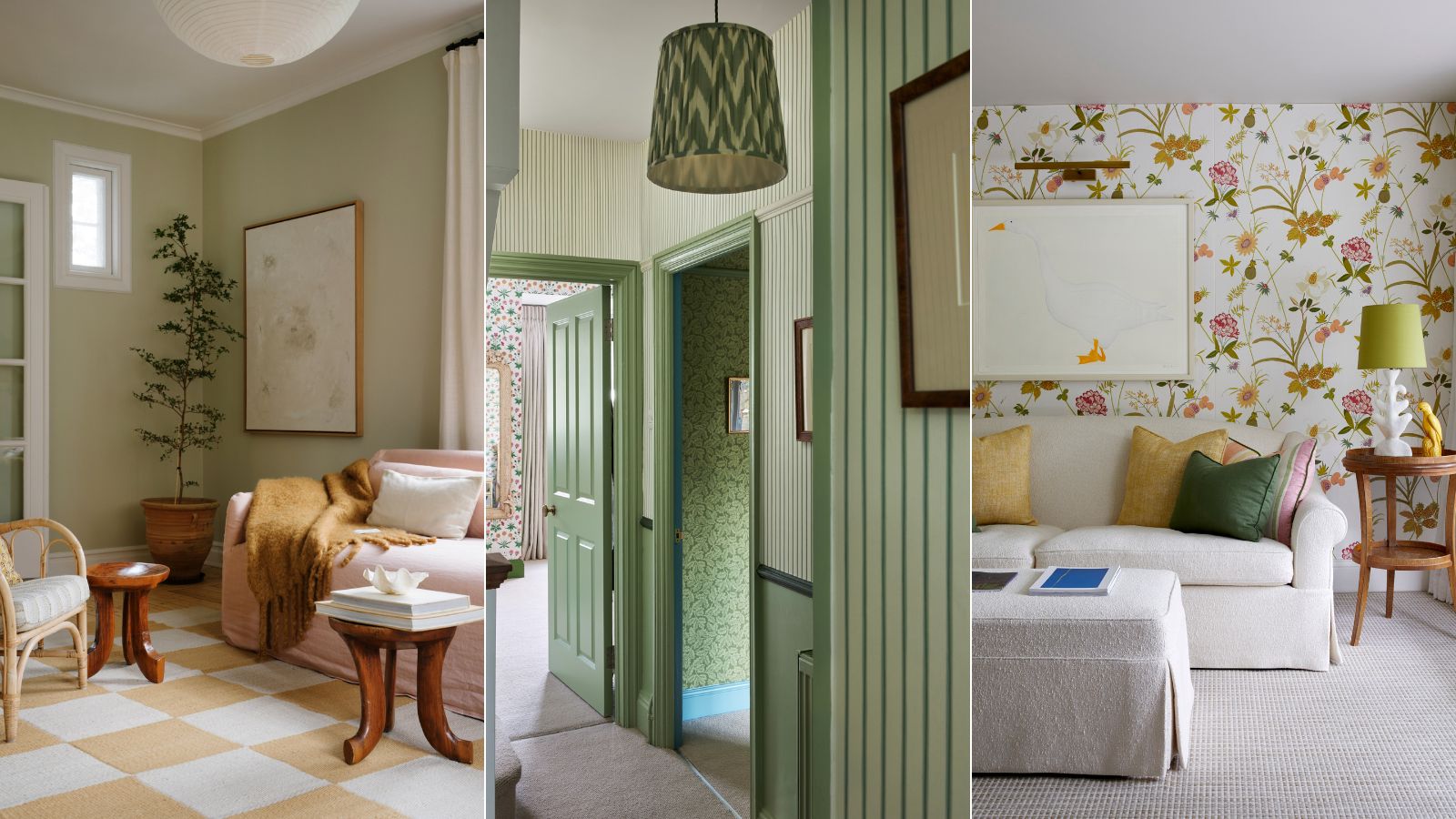
No matter your chosen interior design style, or whether you fall into the maximalist or minimalist category (or somewhere in-between), there is one key concept that works for all homes and spaces – and that is simply the idea that you want it to feel cohesive and restful.
That's where the 'Red Thread Theory' comes in. With no bearing on the actual color red, this is a design principle that values creating a consistent theme, palette, or feeling to bring a sense of unity to the home decor ideas throughout your space. It focuses on taking one or a few design elements and repeating them, like an intertwining thread of cotton, in every room of your home to create familiarity.
This can be done in the most standout or simplest of ways, as interior designers explain below. Here, we dive into the ingenuity behind the Red Thread Theory and how you too can adopt this Nordic concept in your own home to help your space to sing a harmonious tune.
What Is The Red Thread Theory?
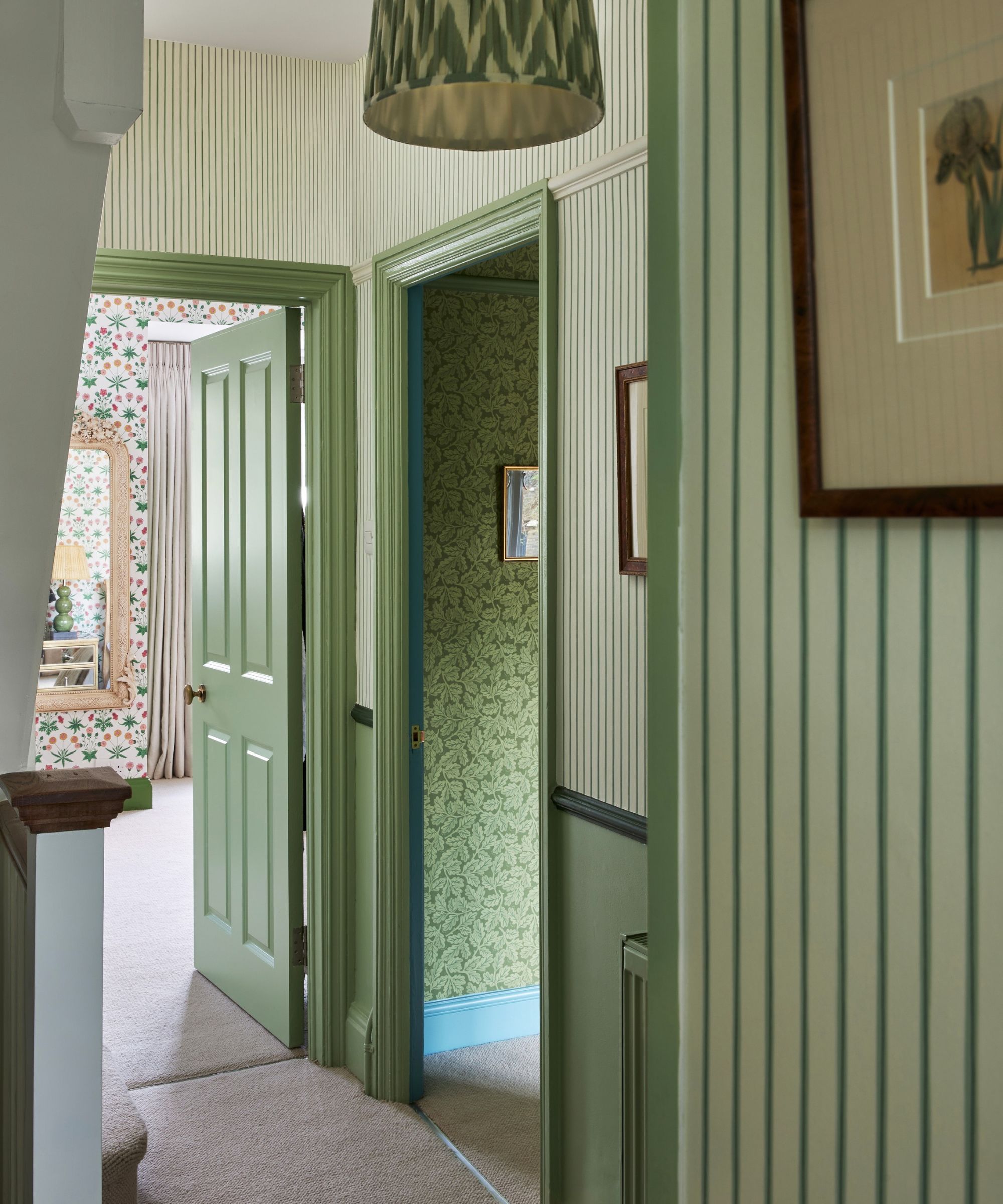
Not to be confused with the unexpected red theory, the Red Thread Theory is instead a principle derived from a metaphor common in Nordic countries that values a shared characteristic, like a long intertwining thread, that runs and connects themes, stories, and designs together.
In interior design, that can look like a shared color scheme for the whole home, a repeating pattern, a common shape, or simply objects such as plants or a style of artwork that is used throughout. The idea is you first identify your 'red thread' and introduce a nod to that in every space of your home. And, in turn, create a cohesive sense of style.
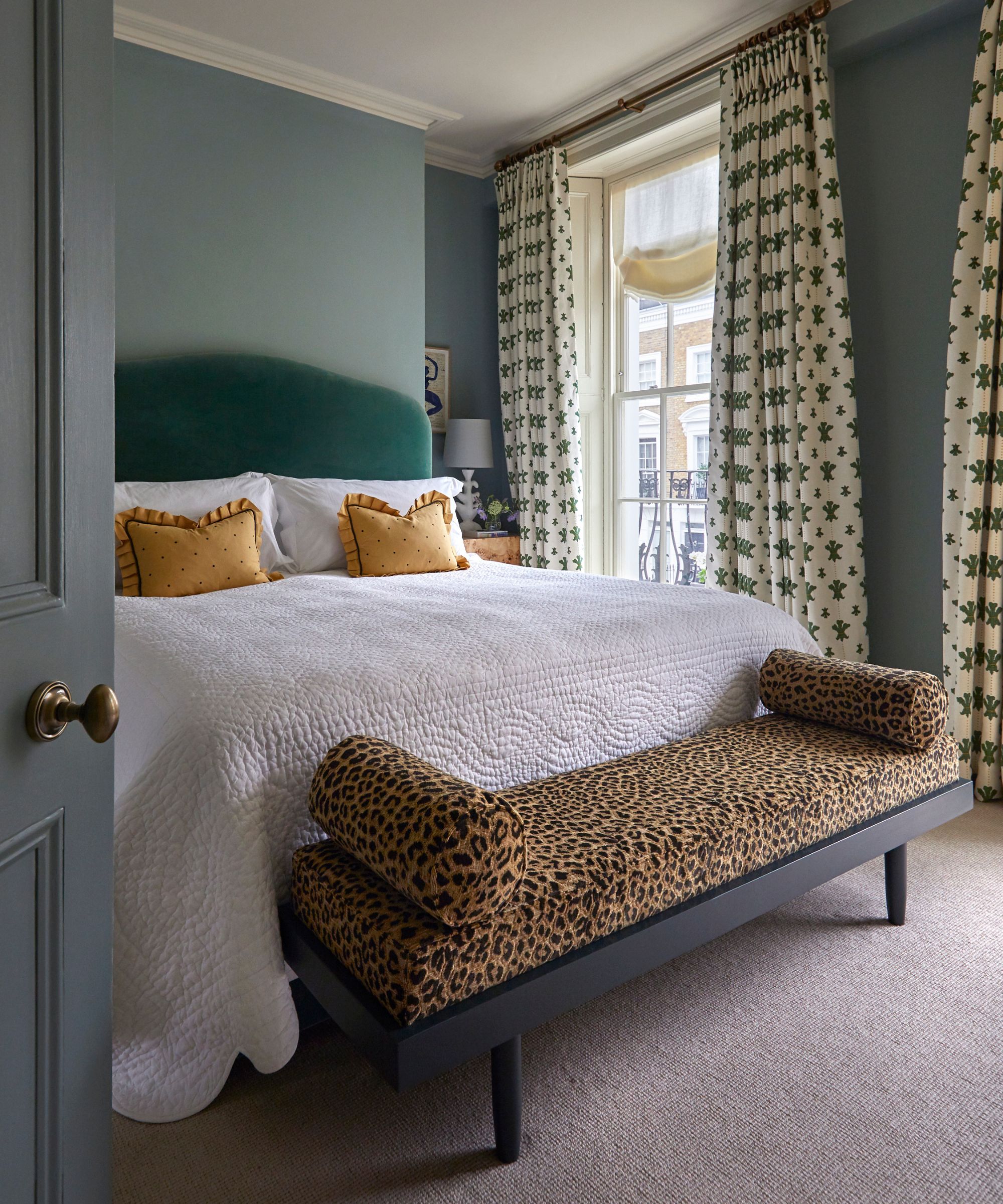
This helps you take a step back and see your home as a whole, rather than decorating and planning each room as a separate entity. Much like the idea of styling a doorway – as you move from room to room in your home, you want to be greeted with a feeling of familiarity and comfort rather than styles, colors, and patterns that appear unexpected and jarring.
'The Red Thread Theory is a concept used in interior design to maintain cohesion and harmony throughout a space,' explains Meredith Owen of Meredith Owen Interiors.
'It involves identifying a unifying theme, such as a color scheme, pattern, or motif, and incorporating it consistently throughout the home to create a sense of continuity and coherence in the design. This helps tie different elements together and creates a cohesive and visually pleasing environment,' says Meredith.
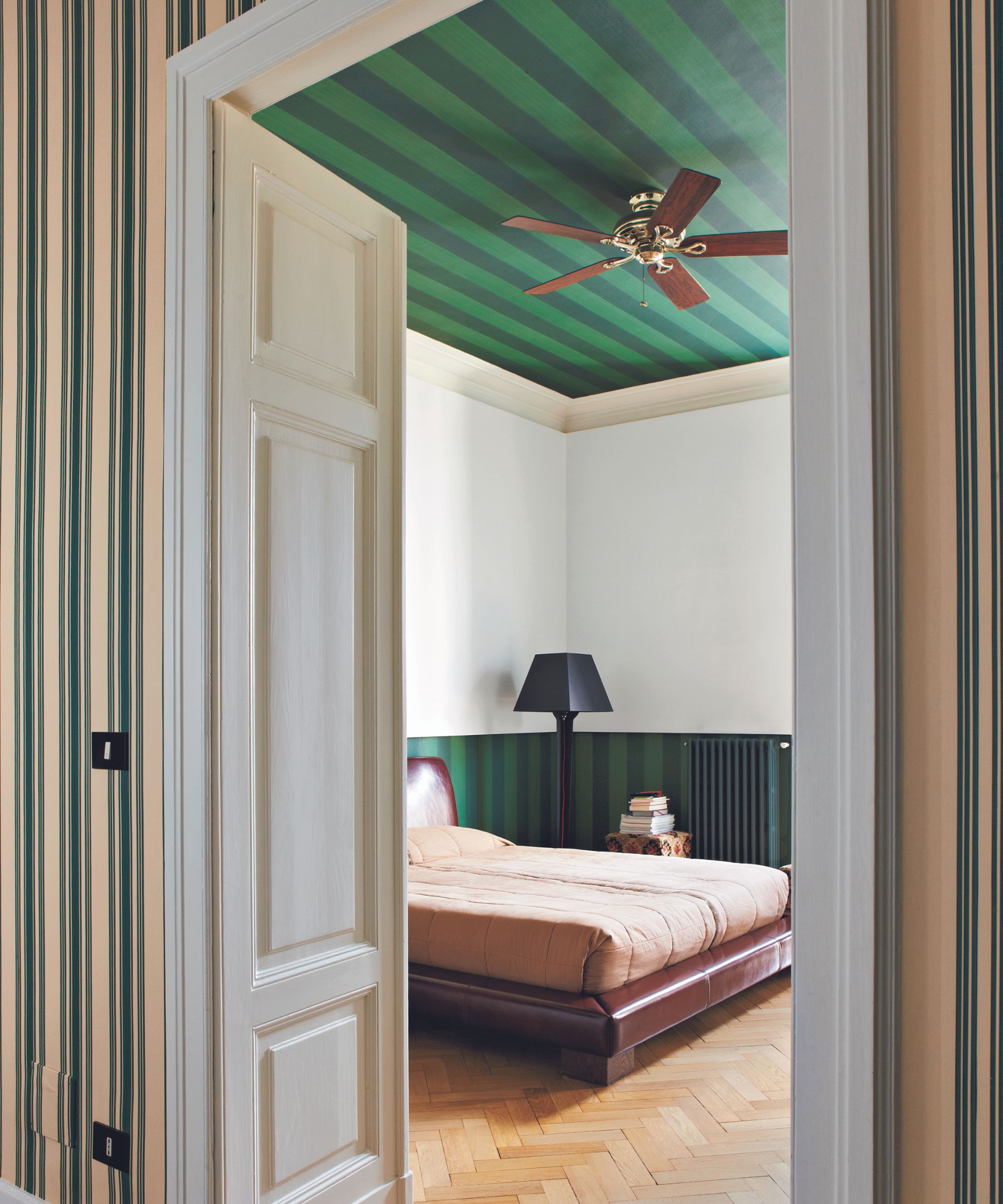
Granted, this is something you might already do subconsciously. Perhaps you love the color green, so you have a green bedroom, sage green lamps that sit happily in your living room, a green accent ceiling that welcomes guests in your entryway, and maybe you're even considering a forest green kitchen too.
Or, if you love decorating with animal print or decorating with stripes, you may have found yourself adding a hint of that print to every room without realizing it. Sometimes it's obvious, other times it takes a much more subtle approach. It’s very easy to identify The Red Thread in your home once you know what it is, and suddenly you're recognizing it everywhere.
Interior designer Bethany Adams agrees. 'This is something designers have always done,' she says. 'It creates a sense of continuity in a home, even when room color ideas are done in very different color schemes. As long as there is at least one continuous thread, the space will be cohesive and feel calming, not crazy and overwhelming.'
How To Find Your Red Thread
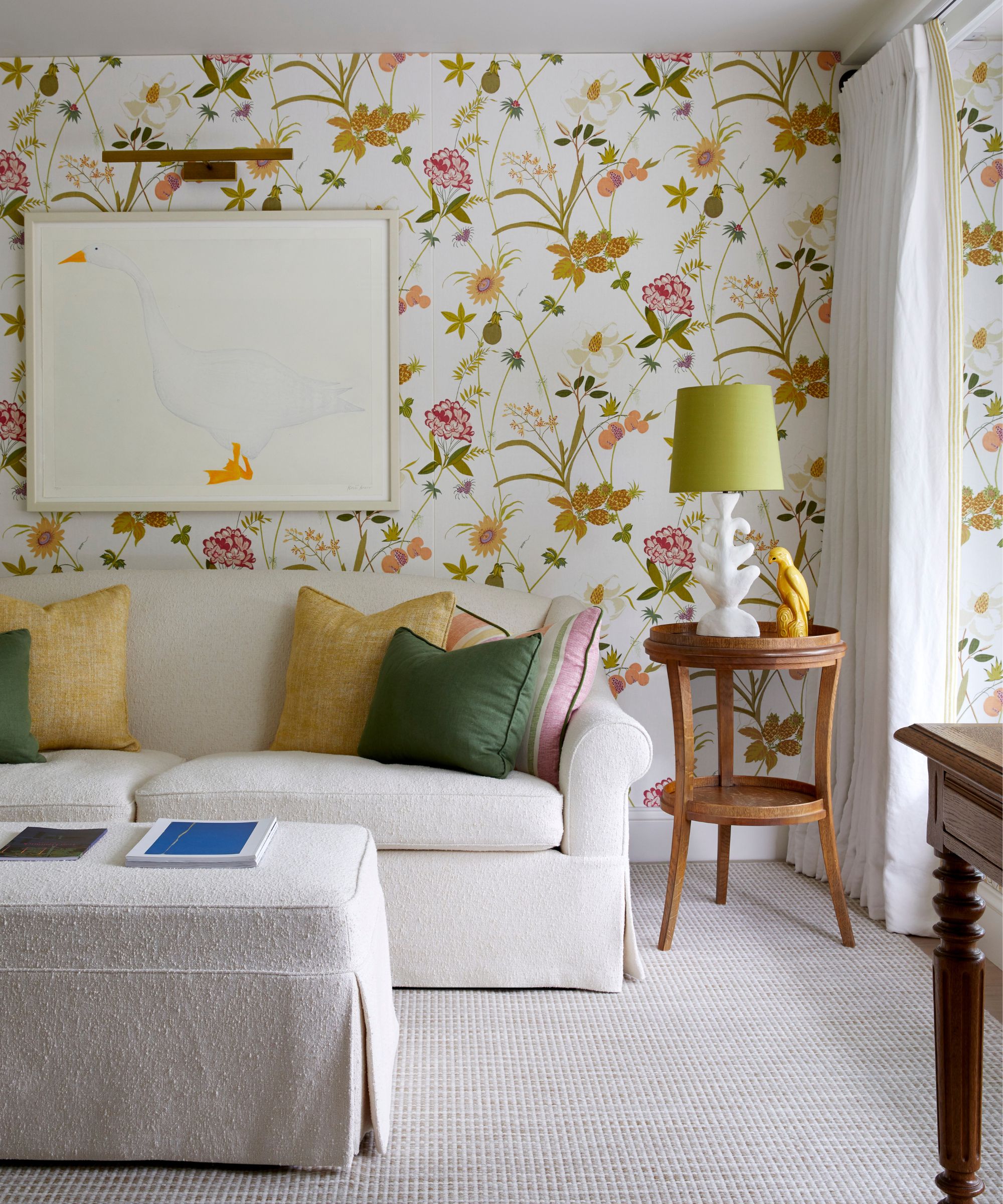
The beauty of this concept is that there aren't any rules. Your red thread could be a print or pattern, an obvious interior design style like mid-century modern furnishings or Japandi decor, or simply a favorite color. And yes, it can even be decorating with red if you prefer.
'A color that is the star in one room, and a supporting character in another, and just has a walk-on role in yet another room is a great way to create a common thread,' suggests Bethany Adams. 'Often that sense of continuation is provided by the flooring, as it literally grounds the spaces and leads you from one room to another,' she adds.
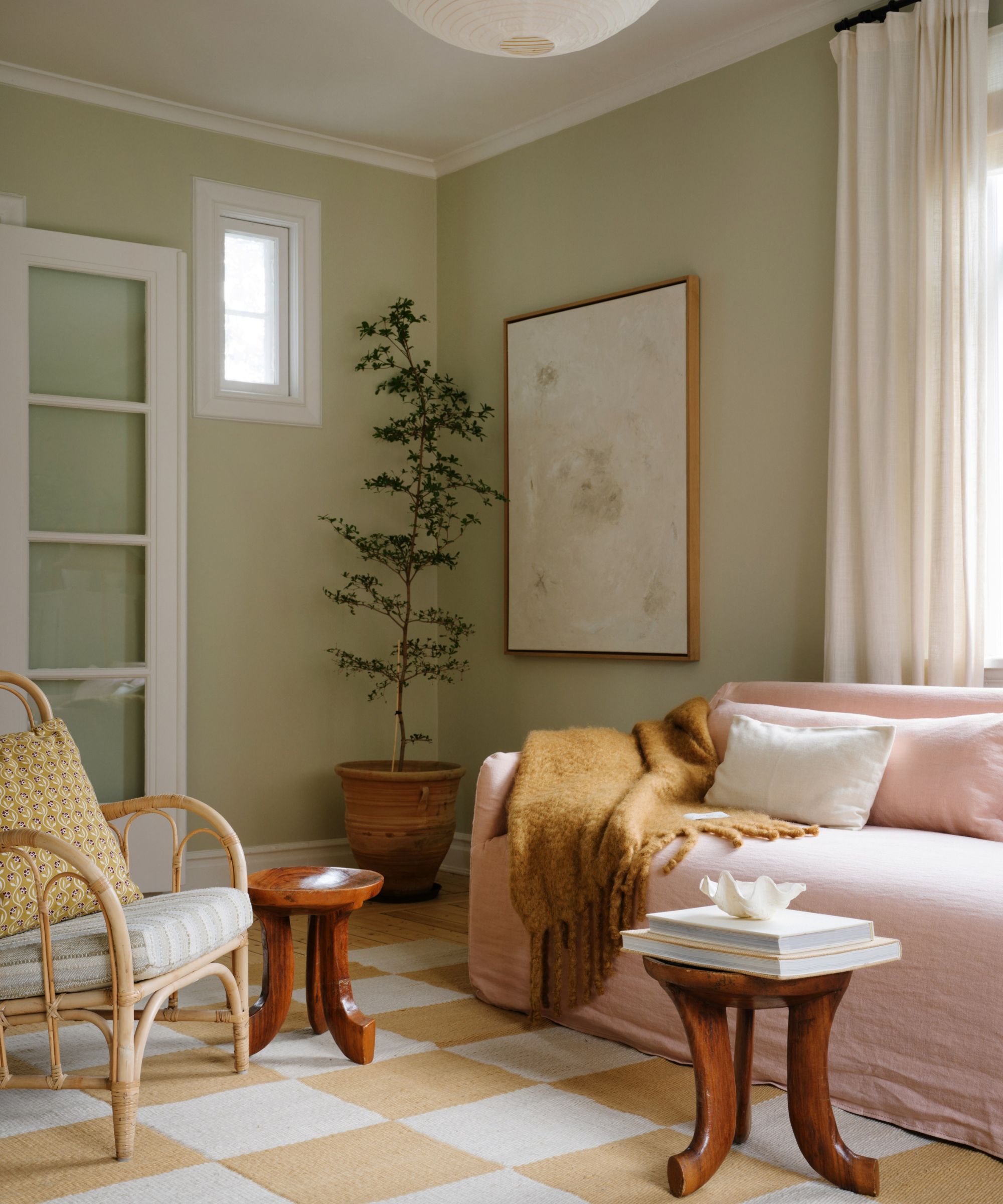
One effective way to establish a common thread is through a consistent use of materials. That could look like Scandinavian-style bleached wood, repeated rustic natural materials like rattan or raffia, or something cozier like loose linens and brushed cotton for a sense of comfort that runs throughout every space.
'The visual continuity associated with the Red Thread Theory is a huge piece of a successful home design,' says renowned designer Kathy Kuo.
'I love the idea of adding furniture pieces from the same collection, or at least, the same visual style family, throughout the different rooms of a home. For example, your dining table, desk, and media console could all be in distinct spaces, and maybe the decor and color schemes around them vary, but if they're all from a similar style collection (mid-century, French country, or coastal decor for example) you'll get a really satisfying sense of unity,' she explains.
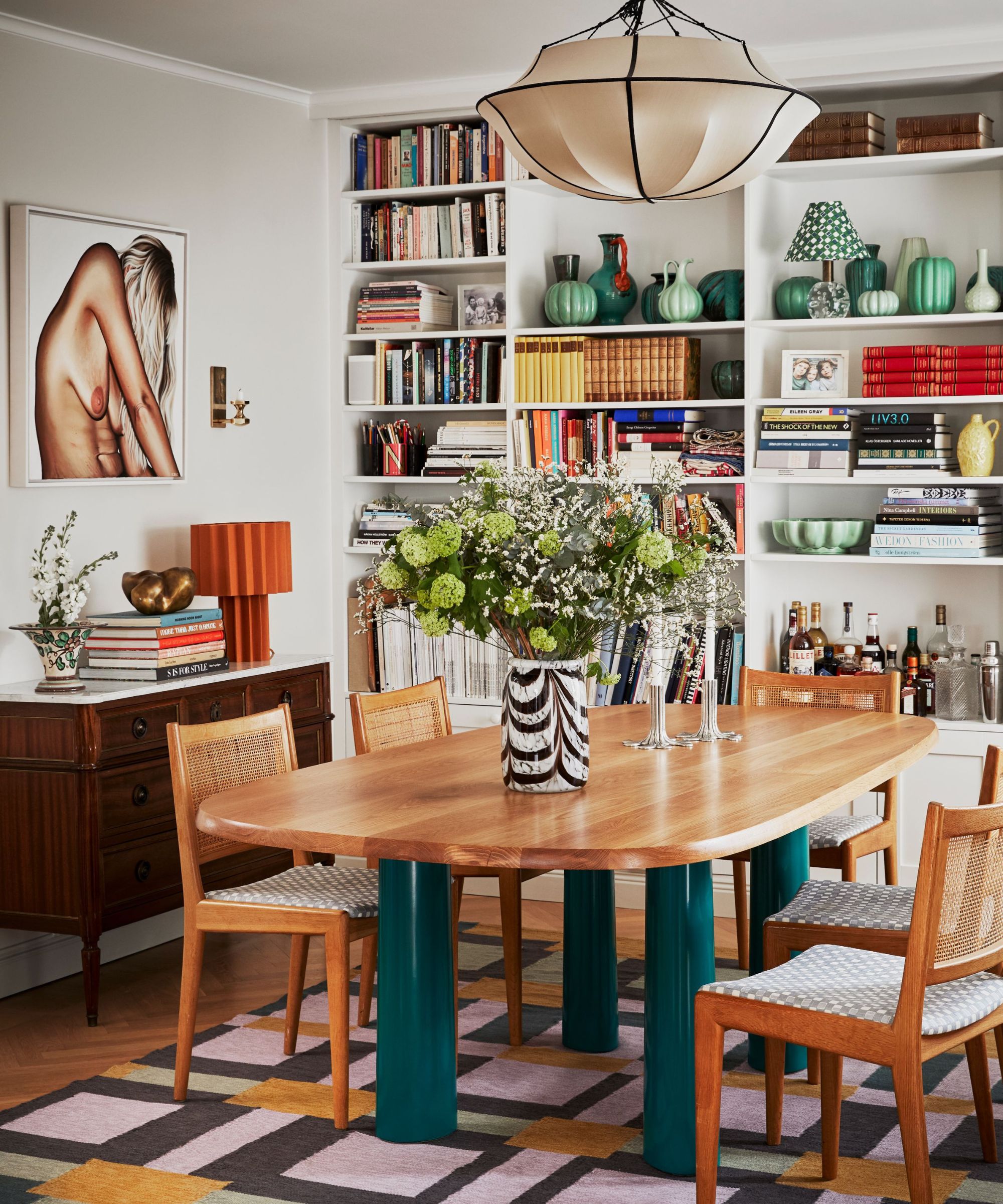
Ultimately, your red thread is of your choosing. The key doesn't lie with what you select as your starring element, but more in how you use it.
It comes down to simply being consistent and using your chosen color, texture, or motif in an organic, natural way that doesn't feel too contrived. Don't see it as something you must strive to achieve in every room or else your home won't feel harmonious, but more as a reference point for when you're collecting trinkets, accessories, or color swatches.
You might not instantly think a pink quilt, for example, works with the rest of that bedroom scheme but it does nod to the plaster pink walls of the hallway outside. This creates a sense of flow, making the transition from one space to another feel more effortless. And then somehow, it just works. These unexpected elements, whether planned or accidental, are the best way to design a home that feels like you – especially when it's a design that you know and love.
Essentially, this is a design hack suited to those who favor a little straight-talking, easy-to-follow advice to help them create a home that feels thoughtful and well-designed. Finding your red thread and bringing that into every room of your home is a cheat code to making everything look so much more cohesive, with less harsh divides and a little more design-led pizzazz.







